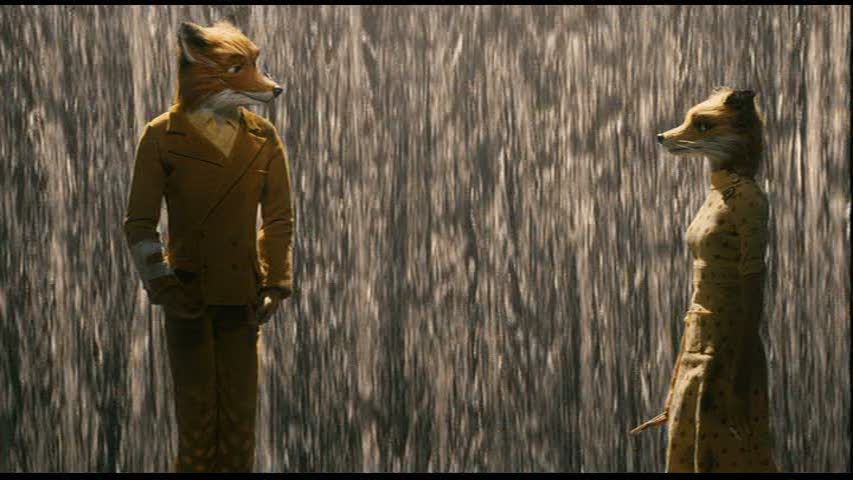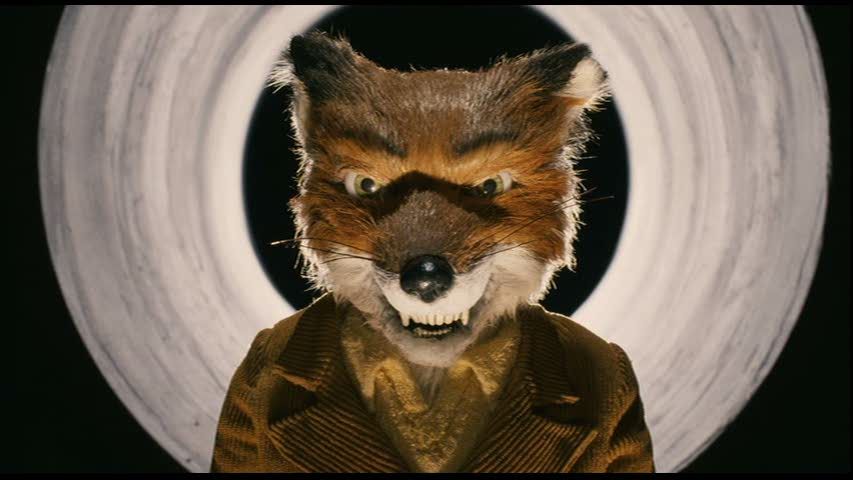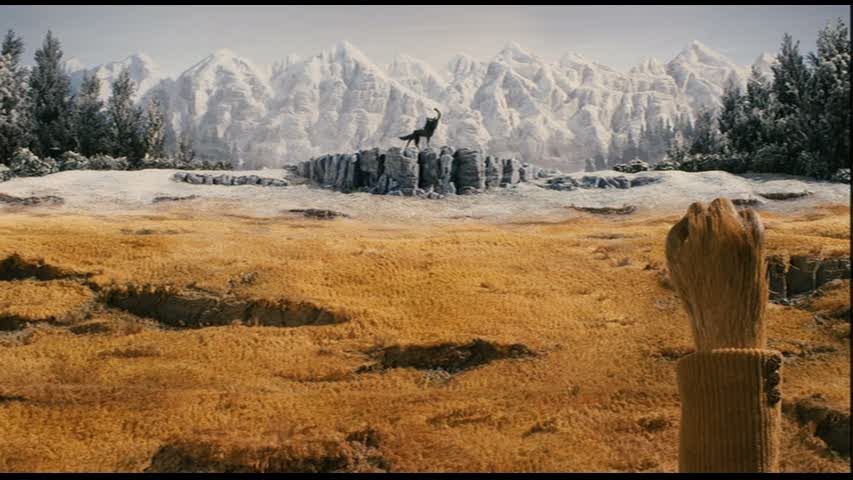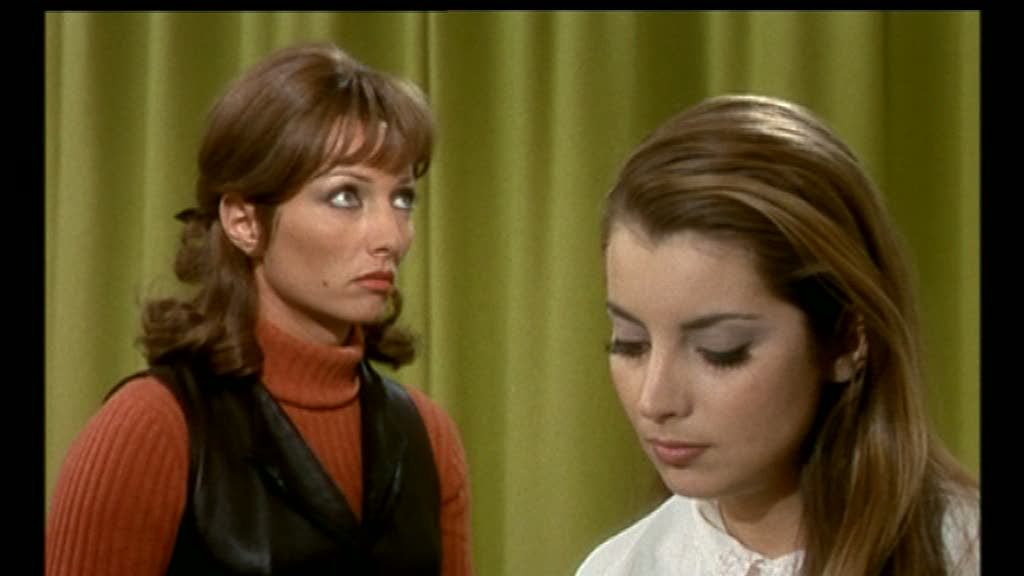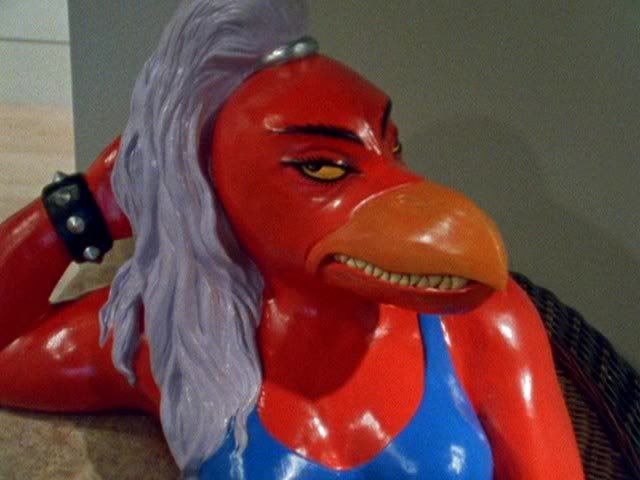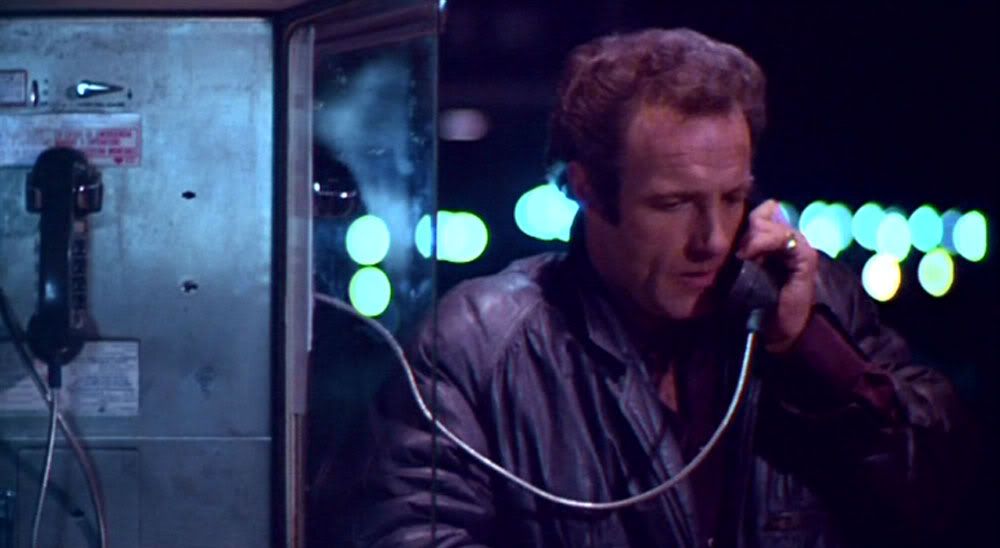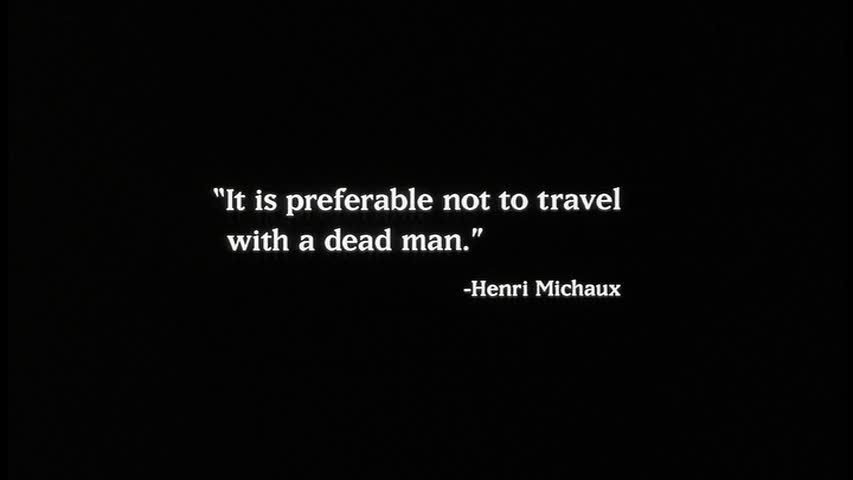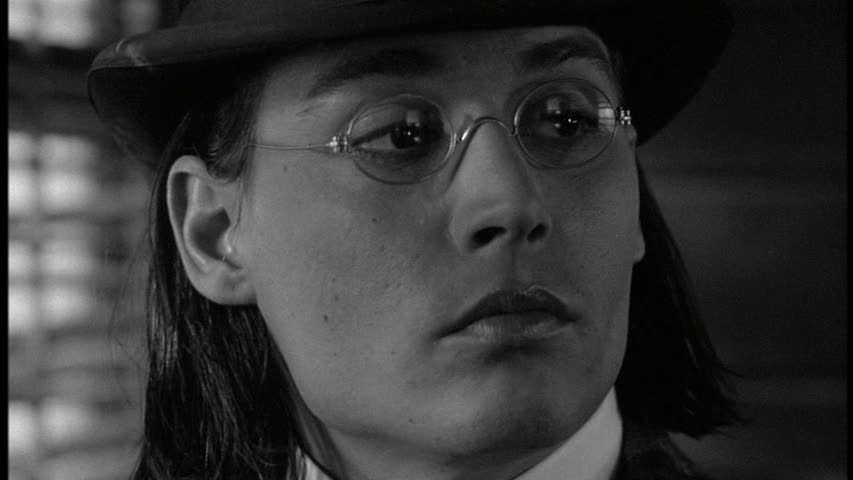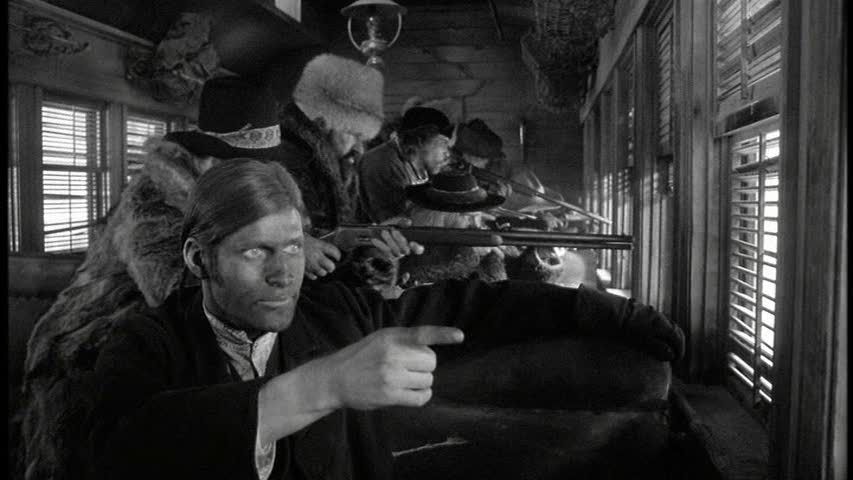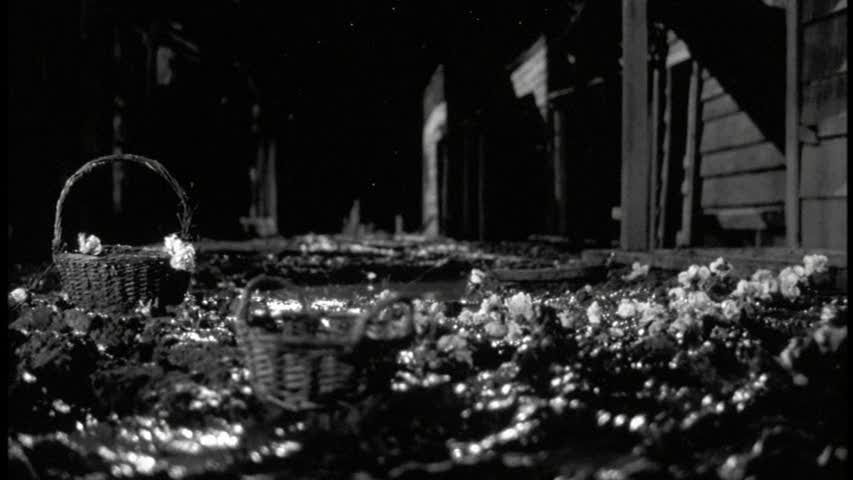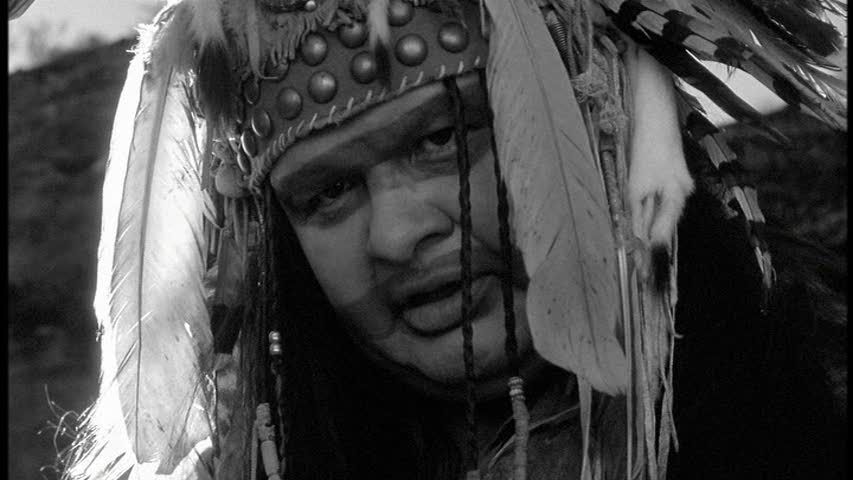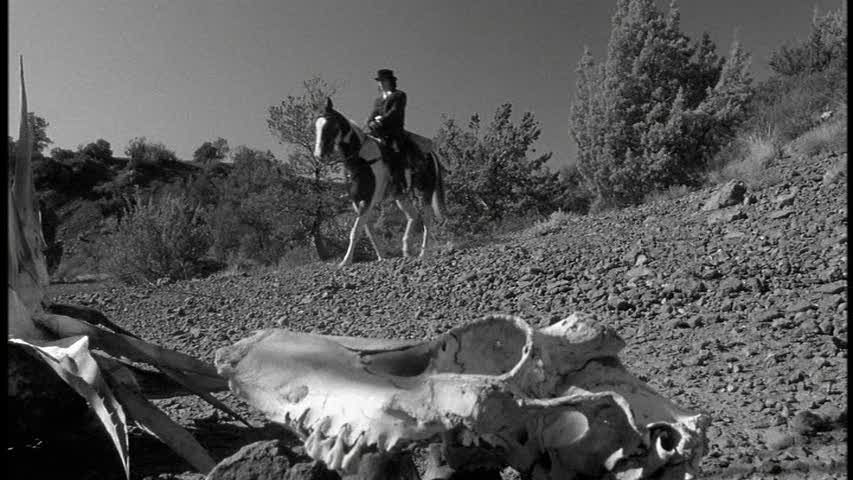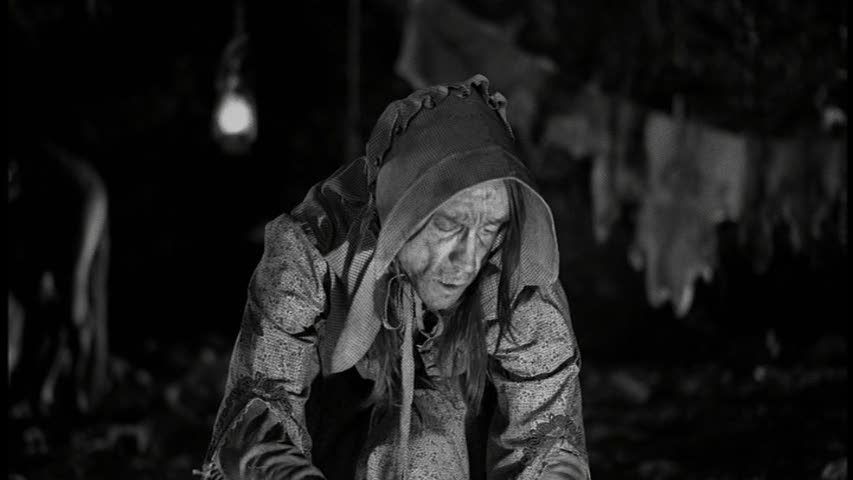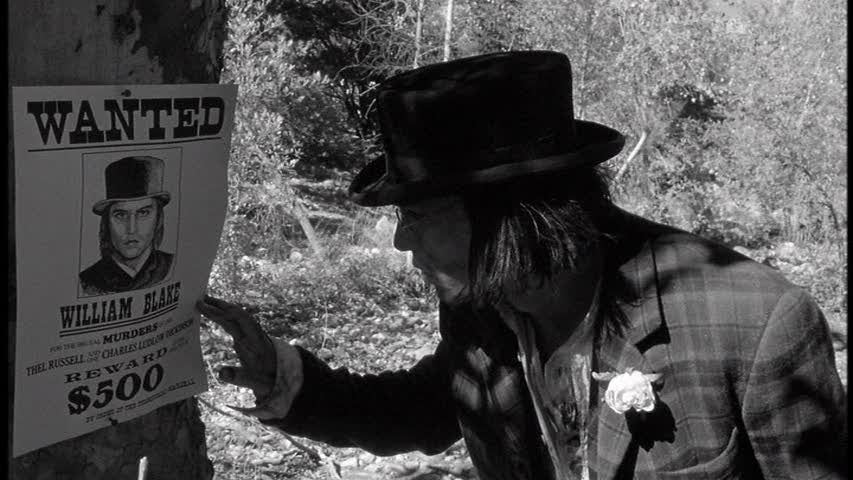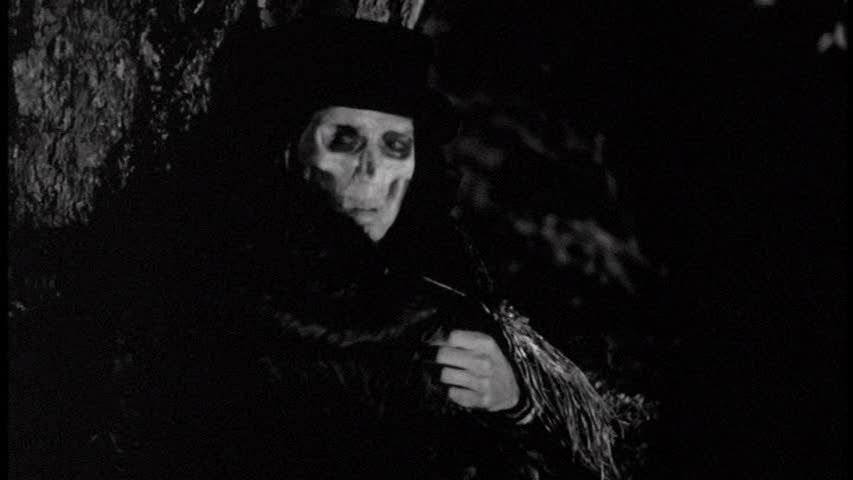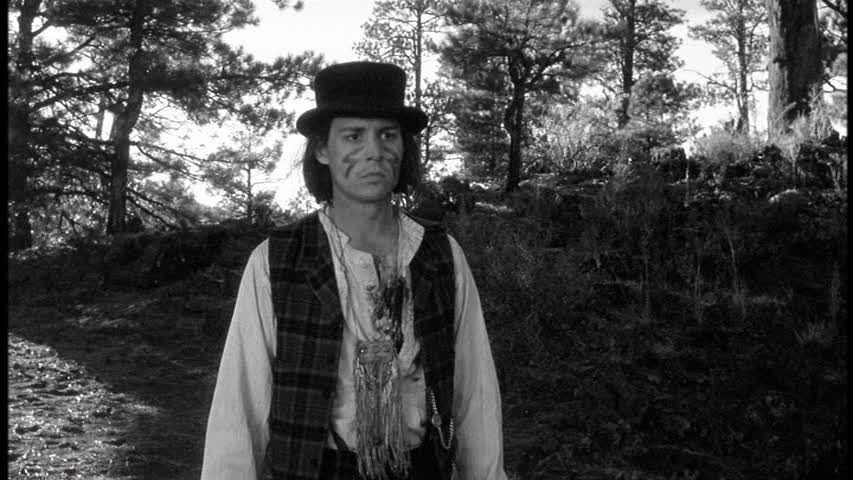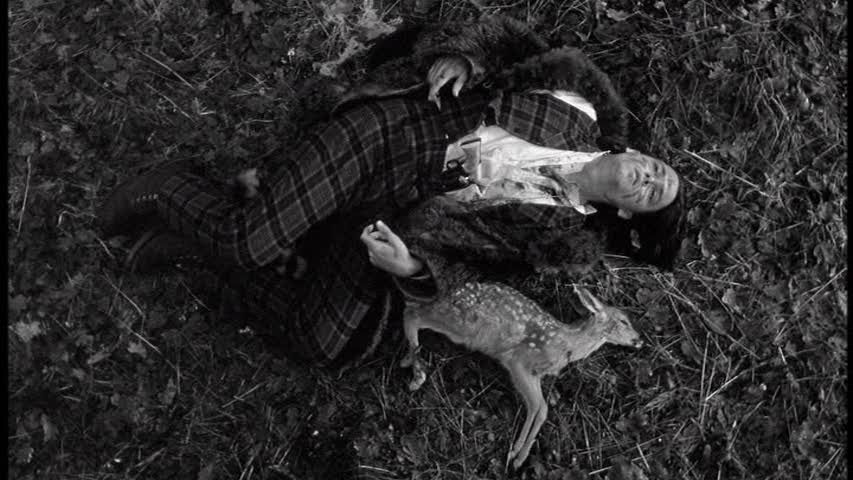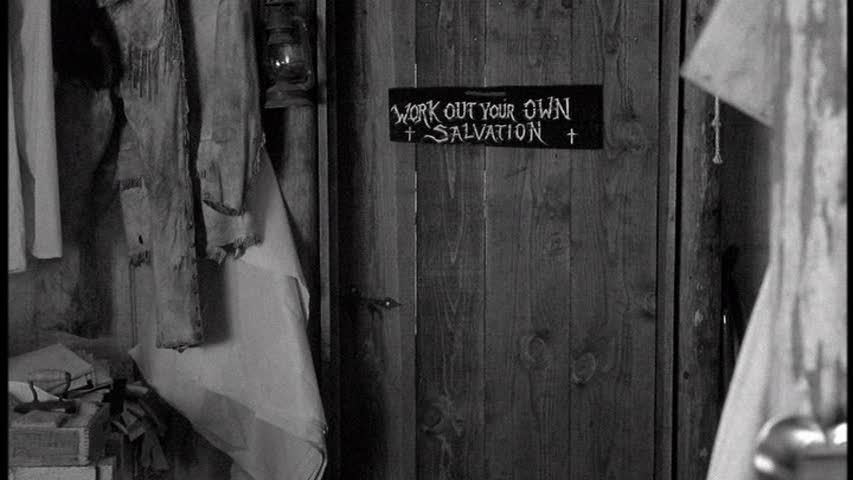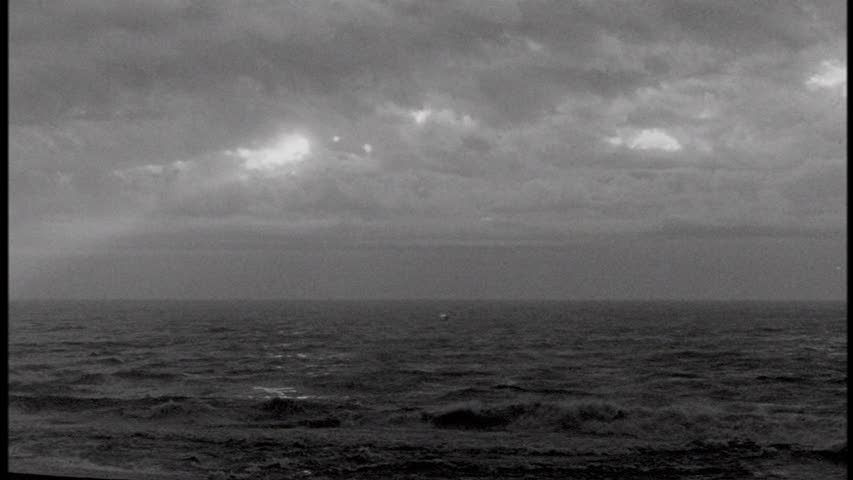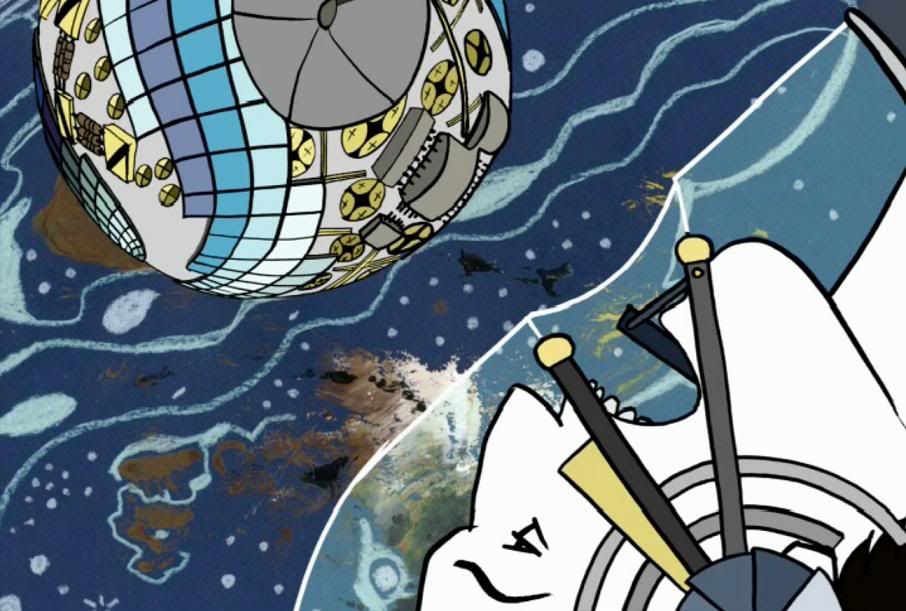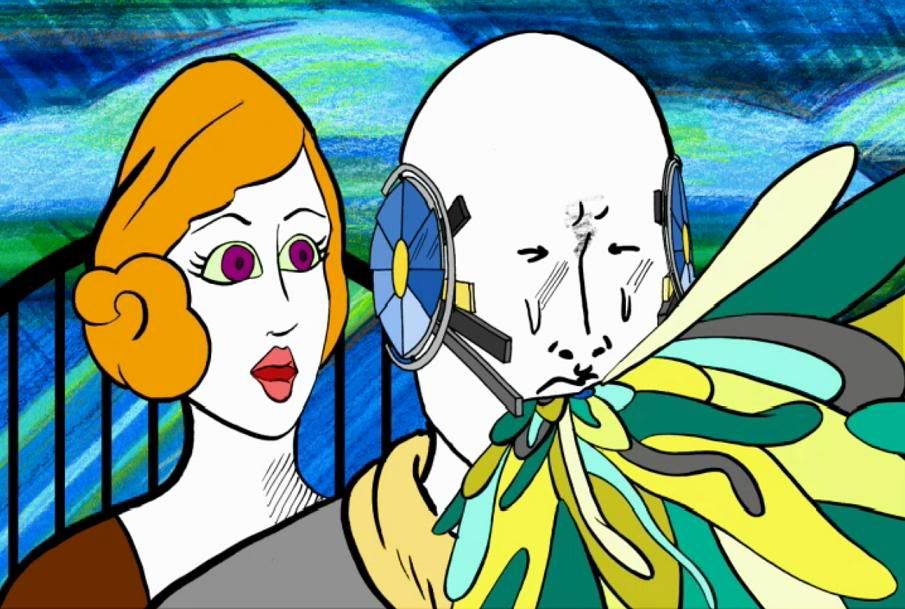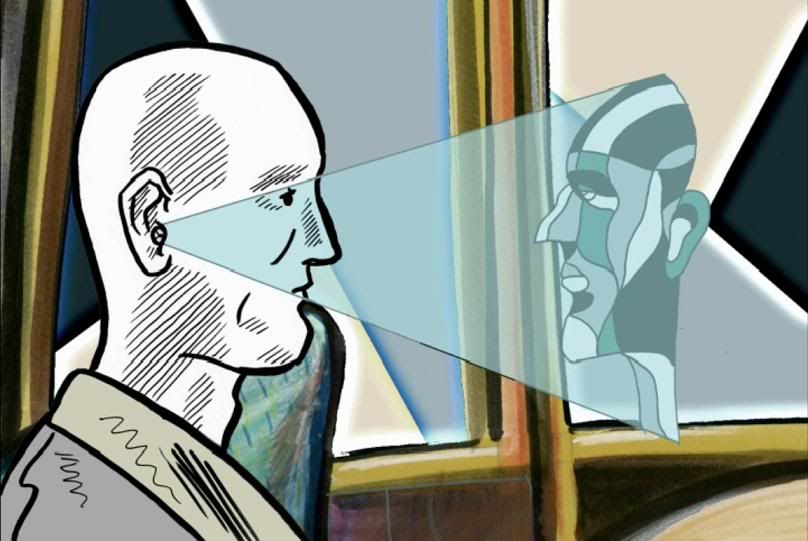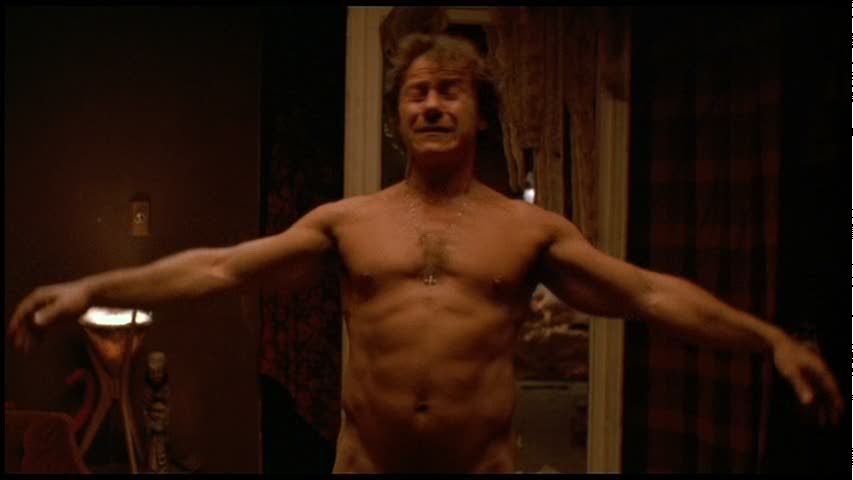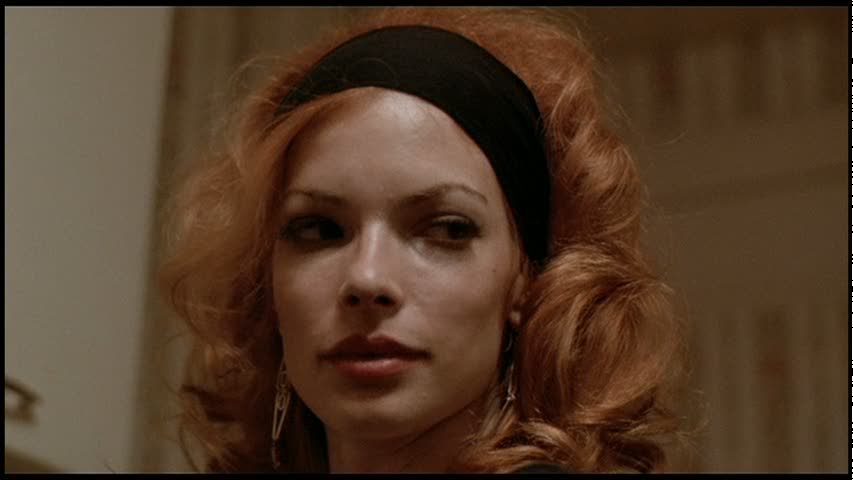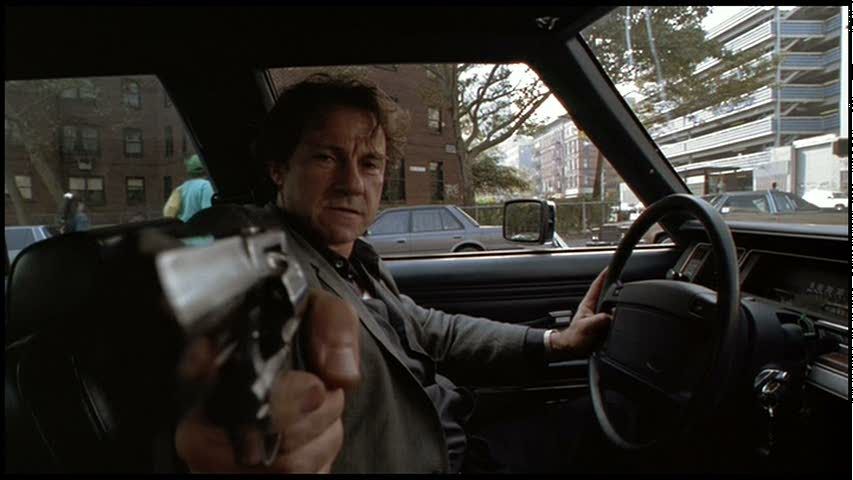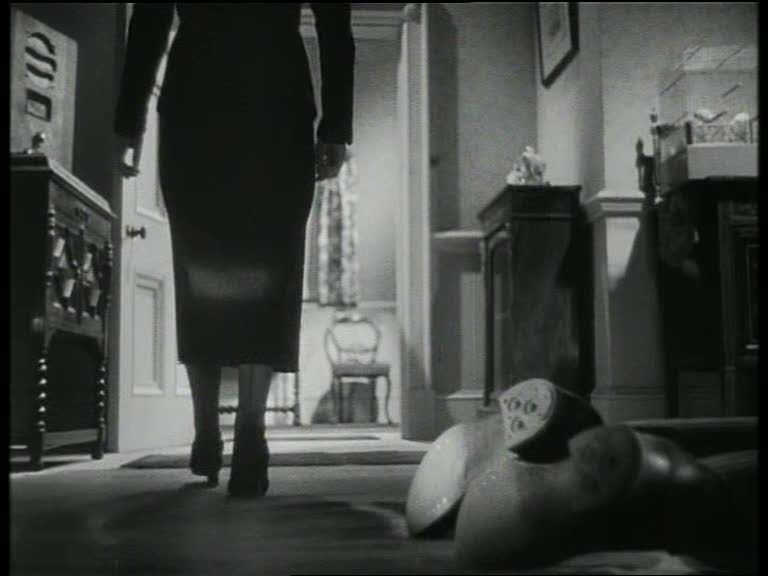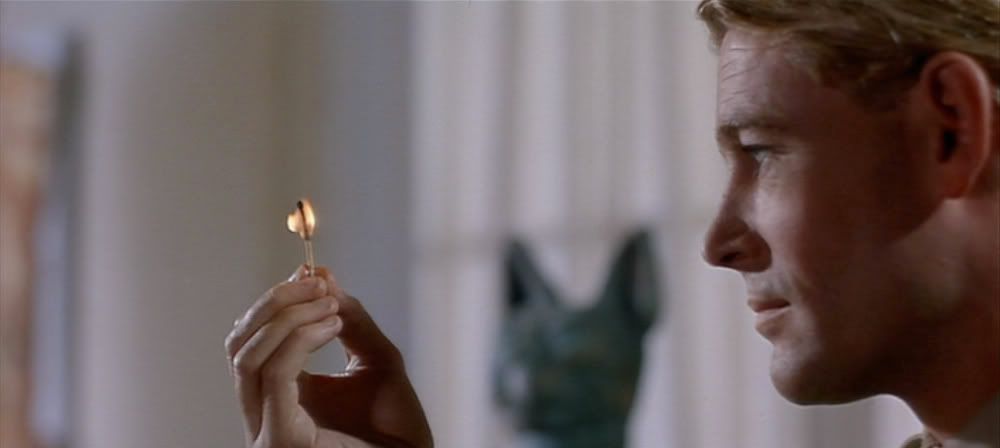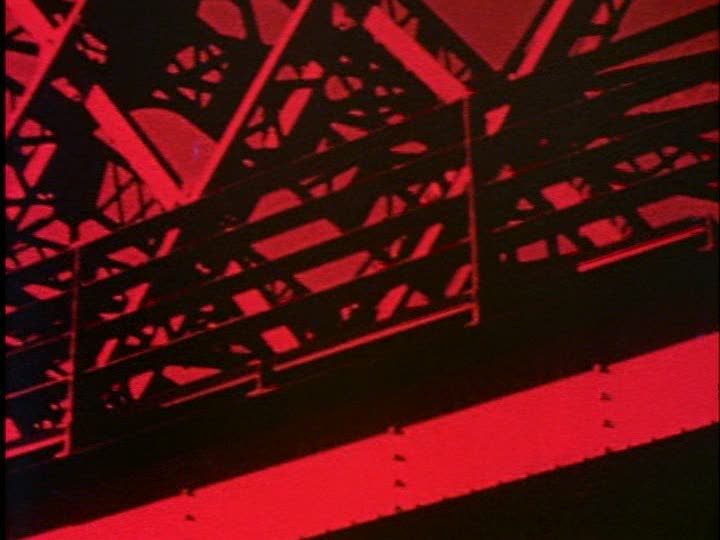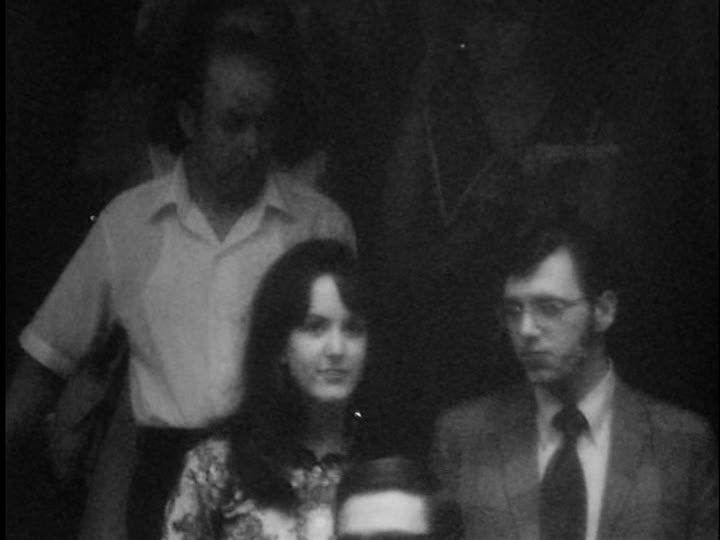
As befits a film about a wiretapping and surveillance expert, Francis Ford Coppola's The Conversation is driven by its soundtrack, by the complex intersections of tape recordings, jazz music and overlapping dialogue that create this dense, layered audio construction. The wiretapper Harry Caul (Gene Hackman) is a solitary and paranoid man, a consummate professional who builds all his own equipment and jealously guards his secrets from everyone in his life, including his longtime partner Stan (John Cazale) and his sometimes lover Amy (Teri Garr). Harry's lonely but stable life is disrupted when he becomes more involved than usual in his latest case, in which a businessman has asked Harry and his crew to record a conversation between a young couple in a public place. The couple, Mark (Frederic Forrest) and Ann (Cindy Williams), are aware that they're always being observed, so they go to a busy public park in the middle of the day, walking in endless circles through the crowds, believing that this will make it impossible to record what they are saying. For Harry, this is first and foremost a professional challenge, and he initially relishes the difficulty of the task he's been given. He is proud of his skills, and knows that he is possibly the only man in his field who could accomplish this job.
The film's introduction thus focuses on Harry's technical skills, and Coppola cuts crisply back and forth from the surveillance men in their various hiding spots, to the couple walking around and talking. We hear snatches of their conversation, sometimes crystal-clear, sometimes heavily processed or interrupted by other noises. The soundtrack reflects the attempts of the surveillance men to assemble a coherent tape by tracking the couple with three different mics. The couple talks about seemingly innocuous things: Christmas presents, the homeless, getting bored of walking in circles. This basic dialogue will return again and again throughout the film, with new details being filled in and new snatches of dialogue being heard as Harry works with the tapes and discovers new nuances in the audio. Each time he hears the tape, he seems to hear something new, and as new exchanges are unveiled, previous ones take on new meanings. At other times, a simple phrase might mean multiple different things based on context and how it's said, the exact tone of voice behind it. The audio, and the images of the couple that often accompany this recording, form the structural foundation for the film, as Harry begins to invest more and more emotional meaning into this recording.
Harry, who opens the film insisting that he doesn't care about the actual content of his recordings, and doesn't care what impact his work has beyond the mechanics of doing it, begins to feel the moral weight of his profession. Certainly, this morality is something he's tried hard to escape, as is revealed later in the film. Harry's sleazy competitor Bernie Moran (Allen Garfield) tells a story about how the information gathered in one of Harry's previous jobs had led to the deaths of an entire family. Harry tries to shrug it off, insisting that it's none of his business, that his only concern is the technical challenges of getting the best possible audio, but it's obvious that he's moved by the idea that his work can have devastating and horrifying implications in the outside world. At one point, convinced that his newest tape is going to lead to another murder, he even goes to confession, attempting to cleanse his soul of the guilt. He leads up to the admission with minor sins like taking the Lord's name in vain, an offense that bothers him throughout the film, but throughout his whole confession the priest, seen in hazy outline through the thin gauze screen of the confessional, simply nods his head silently. There is no answer for Harry's overpowering guilt, his growing impression that he's going to cause a horrible crime.

These guilty feelings soon escalate into outright paranoia, as Harry feels he's being stalked by the blandly sinister Martin Stett (Harrison Ford), a representative for Harry's employer who's angry that Harry is waffling about handing over the tapes. Harry's fears deepen after an encounter with unlikely femme fatale Meredith (Elizabeth MacRae), a giggly, earnest blonde whose unexpected betrayal — after a moody, late-night noir love scene where her naked body, in Harry's spacious workshop, is a black-on-black silhouette — sends Harry spiraling further into isolated paranoia. The film's lengthy and borderline-surreal denouement increasingly ventures into Harry's frazzled subjectivity, encompassing a dream scene where a fog-shrouded Harry shouts out non-sequiturs about his life at Ann, his latest recording subject, whose words and fate have held such intense fascination for him. By the time Harry discovers a previously unheard section of the tape where the couple plans a rendezvous, and subsequently visits their hotel room, his imaginings and fears have taken over the film, as Coppola shifts fluidly in and out of Harry's imagination. The film's most famous and startling image — a toilet overflowing with blood — is a potent symbol of Harry's feelings of guilt.
This extended ending also winds up being a neat and ironic reversal of what we (and Harry) assume is going on here. A crucial bit of tape is replayed, one last time, and this time a subtle shift in emphasis on one word completely changes the meaning of what's being said. It's a final reminder of the importance of words, of how much can hang on the meaning and intent of a single word, a single syllable, of how much information can be encoded in the most seemingly innocuous audio. One word, pronounced slightly differently, makes all the difference between innocence and guilt, between the murderer and the victim. It's this kind of subtle, surprising effect that makes Coppola's The Conversation such a taut, powerful film, a film where the soundtrack is at least as important, and probably even more important than, the methodical, carefully composed images.

